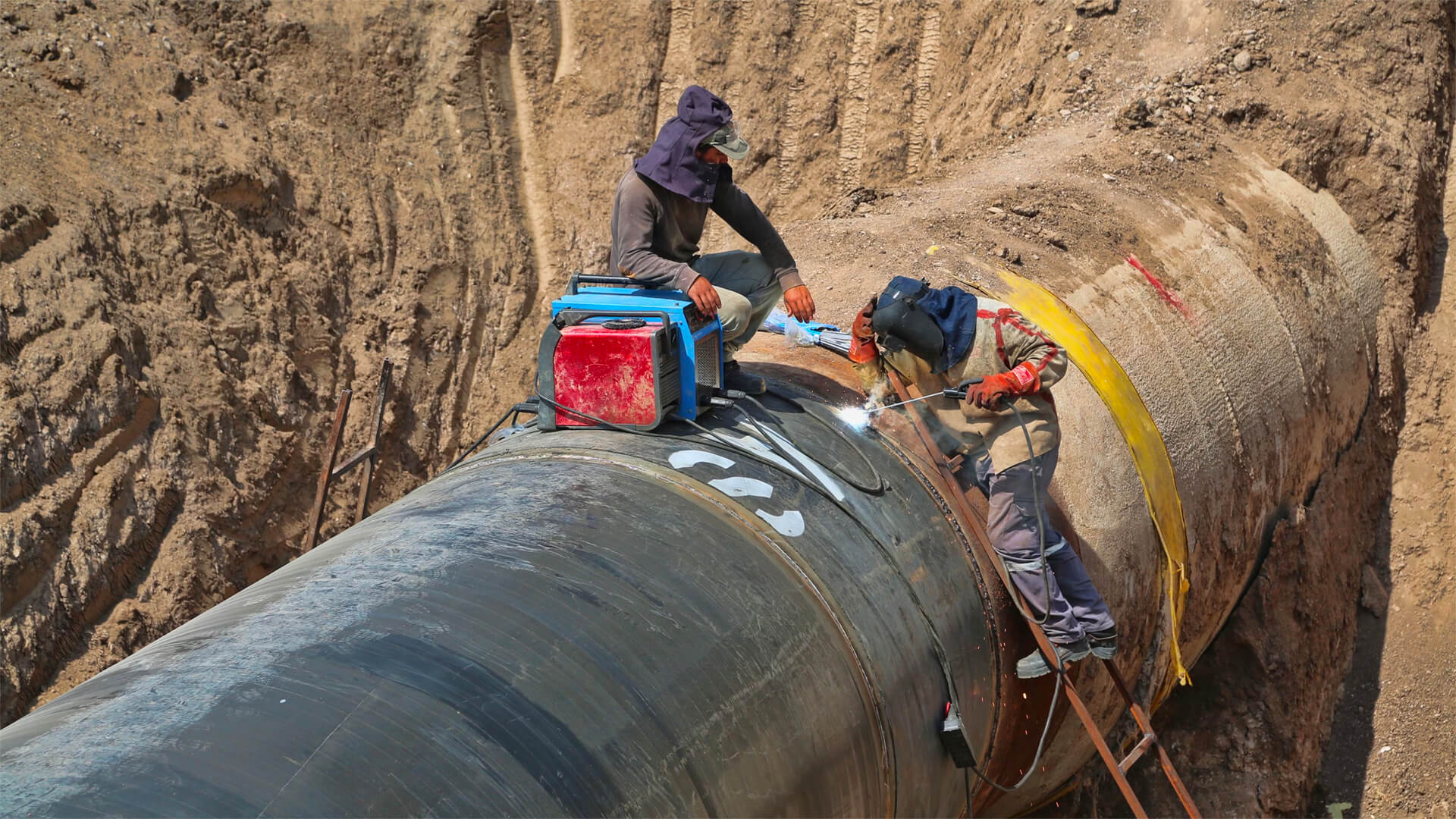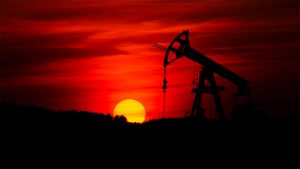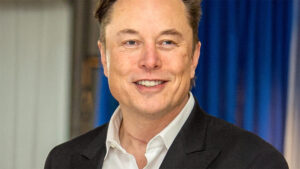Democrat Joe Manchin managed to sneak a few clauses into the debt ceiling extension deal for the completion of his Mountain Valley Pipeline. Environmentalists are pissed, and fossil fuel lovers gave Machin a double thumbs up. So who’s right and who’s wrong?
For those who think wind and solar are the future and there’s no use case for fossil fuels, you might want to check the math. For wind and solar to be viable, they need a complimentary energy source…and natural gas is the best option.
For those natural gas lovers who think green energy can only work with massive subsidies, your math needs some checking too. In the right geographies, solar and wind are the cheapest energy option on an hour-by-hour basis.
While the Mountain Valley Pipeline might seem to benefit only one side of the aisle, Manchin moved us one step closer to the inevitable future of American energy. It’s not green. It’s not fossil fuels. It’s both. And I’m okay with that.
Prefer to read the transcript of the video? Click here
Here at Zeihan On Geopolitics we select a single charity to sponsor. We have two criteria:
First, we look across the world and use our skill sets to identify where the needs are most acute. Second, we look for an institution with preexisting networks for both materials gathering and aid distribution. That way we know every cent of our donation is not simply going directly to where help is needed most, but our donations serve as a force multiplier for a system already in existence. Then we give what we can.
Today, our chosen charity is a group called Medshare, which provides emergency medical services to communities in need, with a very heavy emphasis on locations facing acute crises. Medshare operates right in the thick of it. Until future notice, every cent we earn from every book we sell in every format through every retailer is going to Medshare’s Ukraine fund.
And then there’s you.
Our newsletters and videologues are not only free, they will always be free. We also will never share your contact information with anyone. All we ask is that if you find one of our releases in any way useful, that you make a donation to Medshare. Over one third of Ukraine’s pre-war population has either been forced from their homes, kidnapped and shipped to Russia, or is trying to survive in occupied lands. This is our way to help who we can. Please, join us.
CLICK HERE TO SUPPORT MEDSHARE’S UKRAINE FUND
CLICK HERE TO SUPPORT MEDSHARE’S EFFORTS GLOBALLY
TRANSCIPT
Hey everybody. Peter Zeihan coming to you from the ever increasingly foggy Docman Trail. This is the next in our Ask Peter series that was born out of my airline delay. Today, the question is about Joe Manchin, the Republican excuse me, the Democrat, from West Virginia, who has managed to insert a couple of clauses into the deal with the White House to extend the debt ceiling. Specifically, it’s something that it mentioned has been after a while, which is permitting and federal approval to get a new pipeline built through West Virginia to ship natural gas. Environmentalists hate it because it’s natural gas, pro fossil fuel folks obviously think it’s okay. The truth is that everyone’s right and everyone’s wrong. So let me kind of lay out what it means.
Let’s start with the green side. For those of you who think that solar and wind is the future of energy and that any sort of fossil fuel is just antithetical to that future. You’re clearly very bad at math. Just think of every day in your life when the sun goes down. Solar. No longer works. And while you can’t use batteries a little bit, the United States right now has less than a couple of minutes of battery storage and there is not enough lithium on the planet for the United States to get to 4 hours of battery storage. And we don’t have a battery chemistry that would allow us to go not just through the night, but through the winter and through periods where there’s usually not a lot of sun, which, if you live in the American Northeast, is the vast majority of the year. So you need a complementary power source that can work with solar and wind. And the best way to do that is with natural gas. You basically use solar when it’s available and you have a combined cycle natural gas plant that can spin up in 10 to 15 minutes whenever it gets cloudy or whenever the sun goes down, you know, every day for the foreseeable future, until we have a better, better technology or better solar or probably better wind is what would get there first. This is just where we’re going to go. So if you want to build solar and wind without a complementary system, you’re then basically forcing anyone who needs emergency power to use a diesel generator. And as we’ve seen in the case of Germany, they have used Lignite coal as the backup. And you can’t spin that up and down in ten or 15 minutes. You have to leave that on the whole time. So despite $2 trillion in green tech build out, Germany’s carbon emissions have actually gone up. So, you know, there’s a problem.
Now, for those of you on the fossil fuel side who say that intermittency of solar and wind means it’s not a viable power source and it can only exist with subsidies. You’re not very good with math either. Solar and wind in the right geographies are now the cheapest way of generating power on an hour by hour basis. Now, hour by hour being the key word there, there’s something that some folks like to use called the levelized cost of operation, meaning that you average the cost out over the 24 hour, three, 24 hour day three in a 65 day year period. That’s really not a great measure, because when the sun stops shining, the power goes down to zero. You still need it. And that’s not reflected in the levelized cost, or at least not sufficiently, in my opinion, because, you know, when you don’t have power and you need power, you will pay whatever you have to do to get power. There are parts of the country that can do more of one or the other. So if you’re in the American Northeast, which is neither sunny nor windy, you know, fossil fuels are going to be a much bigger part of your power mix going forward than it can be in the rest of the world. However, if you’re in the southwest, you’re in a place that has great sun, and if you were the Southwest overlaps with the Great Plains, you’ve great, great sun and wind. And that means ultimately more and more and more things like what Manchin is after. Keep in mind the pipeline he was so much in love with the way he wants to get this done is not just a one off approval for a pipeline across a state line; he wants that for all energy infrastructure. And obviously the green zealots think this only means pipes, but it also means power lines, because if we’re going to move to a cleaner, greener future, we have to be able to move electric ones from where they can be generated with solar and wind to where we actually live. And since the single largest concentration of population is on the American Northeast coast, and that’s where none of the green power comes from, we’re ultimately going to have to run this in by wire from other places. So we need more and more transmission, more than we need something like batteries right now, at least with today’s technology.
So the future of American electricity isn’t green, but it’s also not fossil fuels. It’s both. I’m okay with that.








